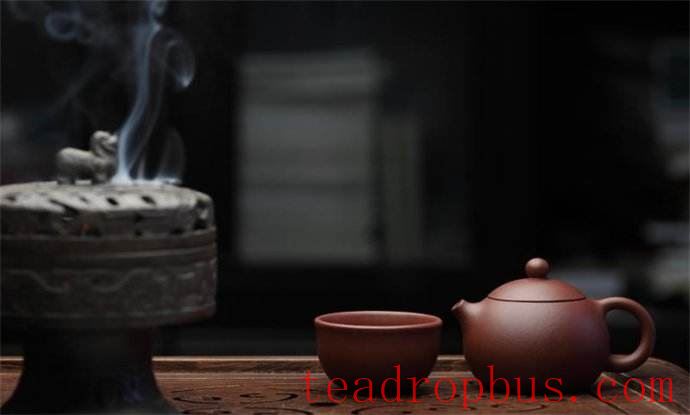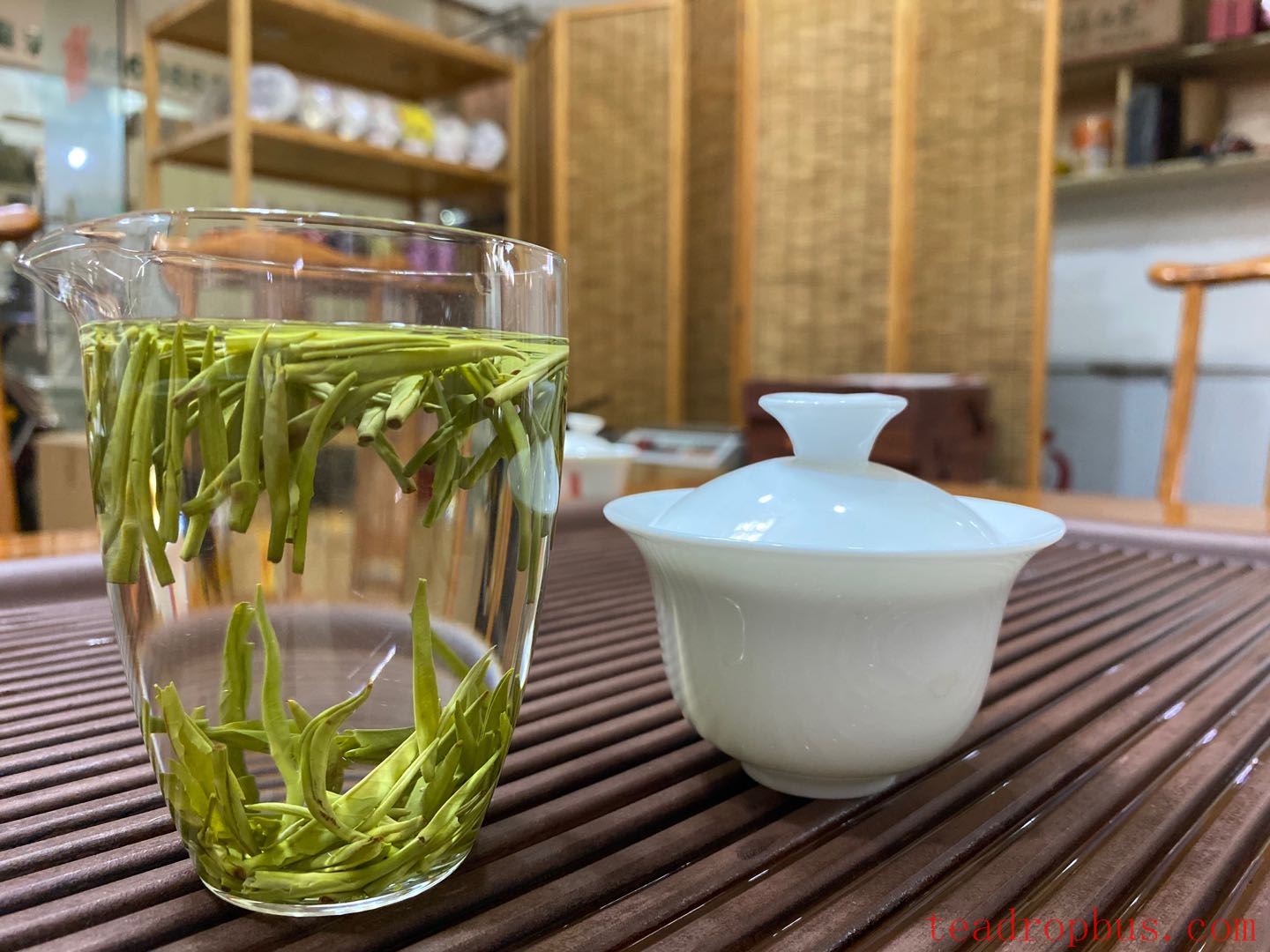Understanding the Characteristics of Green Tea
Green tea is a type of unfermented tea, renowned for its unique fragrance and fresh, delicate taste, which are much loved by tea enthusiasts. When brewing tea, polyphenols and amino acids in the leaves are released to varying degrees depending on the water temperature, making it crucial to control the water temperature when brewing. Brewing green tea with excessively high temperatures can result in a bitter infusion, losing its refreshing flavor.

(Image source: network, delete upon request)
Why Water Temperature Is Important
Different types of tea require different water temperatures to release their optimal flavors. For green tea, lower water temperatures better preserve the nutritional content and aroma of the leaves, avoiding bitterness. High water temperatures cause tannins and caffeine to be quickly released, resulting in an overly strong and bitter infusion.
The Optimal Brewing Temperature
Generally, the best brewing temperature for green tea ranges from 75°C to 85°C. The specific temperature can be fine-tuned based on the type of green tea:
Longjing tea (Dragon Well Tea)
Longjing tea is a very precious type of green tea, suitable for brewing with water around 80°C. This helps retain the tea's fragrant aroma and fresh, delicate taste.
Biluochun Tea (Green Snail Spring Tea)
Biluochun tea has delicate leaves, and it's better to brew it with slightly lower temperatures, around 75°C. This temperature can fully bring out the floral and fruity aromas of Biluochun.

(Image source: network, delete upon request)
Maojian Tea (Fur Tip Tea)
Maojian tea is best brewed with water at 85°C. A slightly higher temperature can better release the rich aroma and mellow flavor of Maojian tea.
How to Control Water Temperature
When brewing green tea at home, if you don't have professional temperature measuring tools, you can use some simple methods to roughly estimate the water temperature. For example, you can let boiling water sit for a few minutes, and the temperature will naturally drop to a suitable range. Additionally, you can purchase a specialized tea brewing thermometer to ensure precise temperature control each time you brew.
The Steps to Brew Tea
Prepare the Teaware
First, prepare clean teaware, including a teapot, teacups, and a strainer. The choice of teaware is also important; it is recommended to use porcelain or glass teaware, as this allows for better appreciation of the tea's color.
Warm the Cups
Pour hot water into the teapot and teacups, gently shake them, and then pour out the water. This step is called warming the cups, which keeps the teaware warm and helps to better release the aroma of the tea.

(Image source: network, delete upon request)
Place the Tea Leaves
Based on the capacity of the teapot and personal taste, add an appropriate amount of green tea. Generally, about 3 grams of tea leaves per 150 milliliters of water is suitable.
Pour the Water
Slowly pour the water of the appropriate temperature into the teapot, ensuring that the water evenly covers the tea leaves. At this point, you can observe the tea leaves slowly unfurling in the water and releasing a subtle fragrance.
Steeping Time
The steeping time for green tea should not be too long, generally between 1 to 2 minutes. Longer steeping times can make the tea bitter, while shorter times prevent the full release of the tea's nutrients and aroma. Adjust the steeping time according to personal taste.
Taste the Tea
Pour out the tea and savor it. The tea infusion should be clear and bright in color, with a refreshing taste and a hint of sweetness. Each sip is like tasting the essence of spring.
Frequently Asked Questions
Why Does My Green Tea Taste Bitter?
Green tea may taste bitter due to high water temperatures or excessively long steeping times. Try lowering the water temperature to between 75°C and 85°C and reduce the steeping time to 1 to 2 minutes.
Can I Brew Green Tea with Cold Water?
While brewing tea with cold water can slow down the release of tannins and caffeine, reducing bitterness, cold brewing requires longer periods to fully extract the aroma and nutrients from the leaves. Typically, brewing green tea with cold water requires several hours or even overnight to produce a refreshing cold-brewed tea.
Can Different Types of Green Tea Be Blended Together?
Different types of green tea have unique aromas and tastes, and it is not recommended to blend them together. Blending teas can lead to interference of different aromas, preventing the appreciation of each tea's distinct flavor.
Summary
Brewing green tea may seem simple, but to create a fragrant and refreshing cup, controlling the water temperature and steeping time is key. By reasonably controlling the water temperature and steeping time, you can fully experience the unique charm of green tea. Whether it's Longjing, Biluochun, or Maojian, each type of green tea needs careful attention to showcase its best flavor. Enjoy a good cup of tea starting with the right brewing temperature.